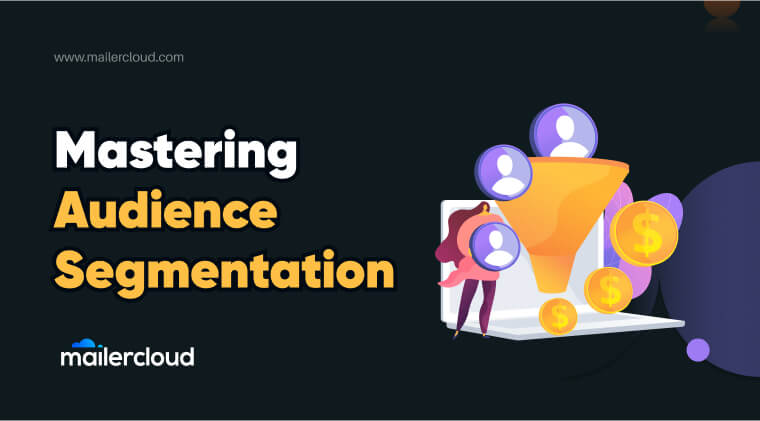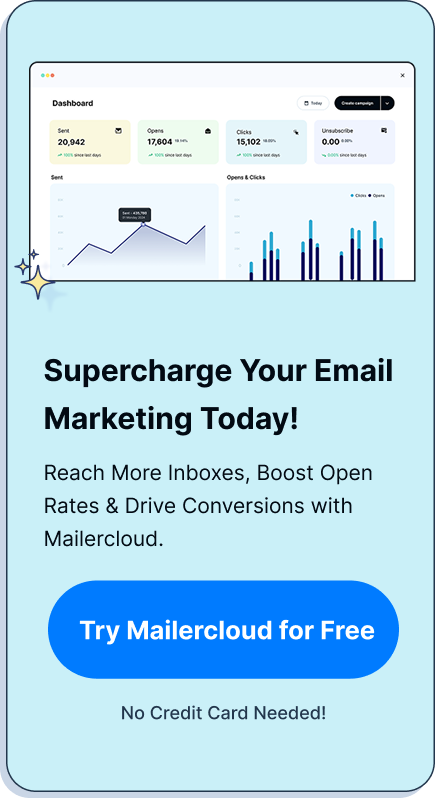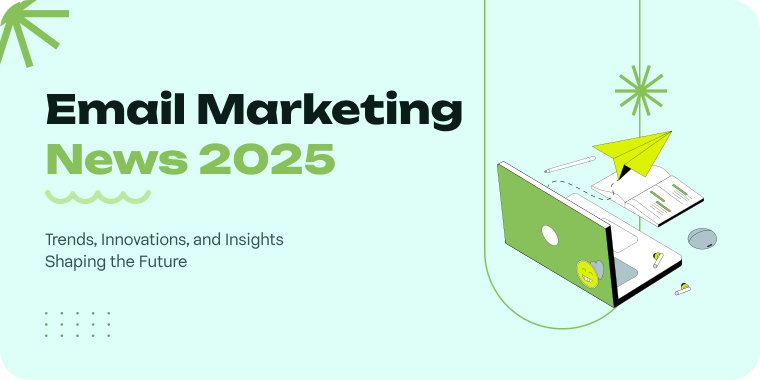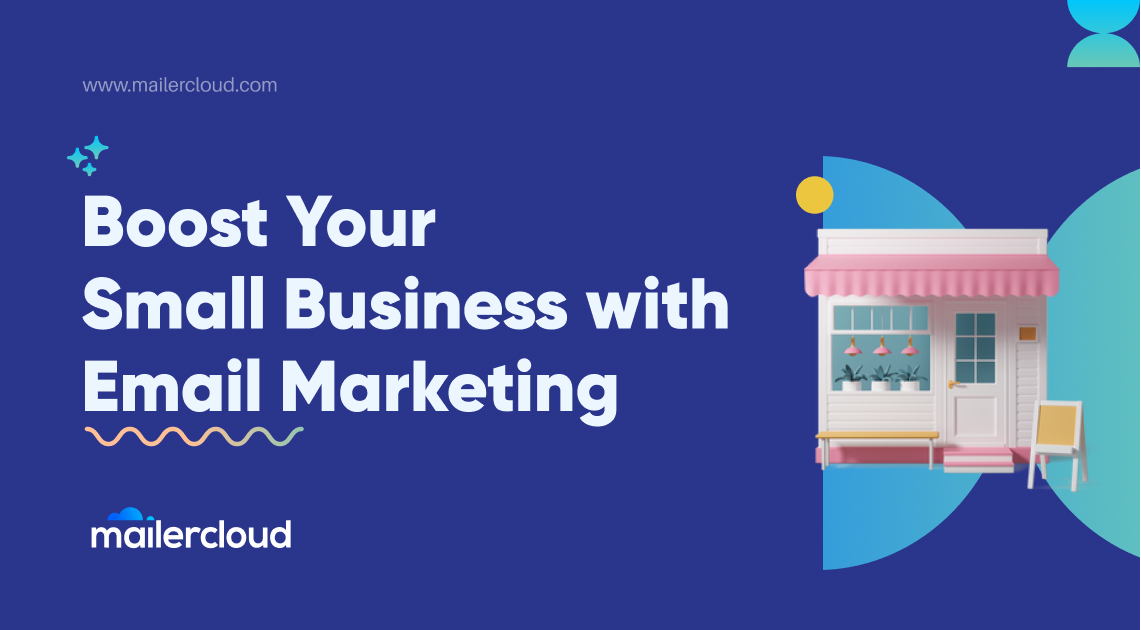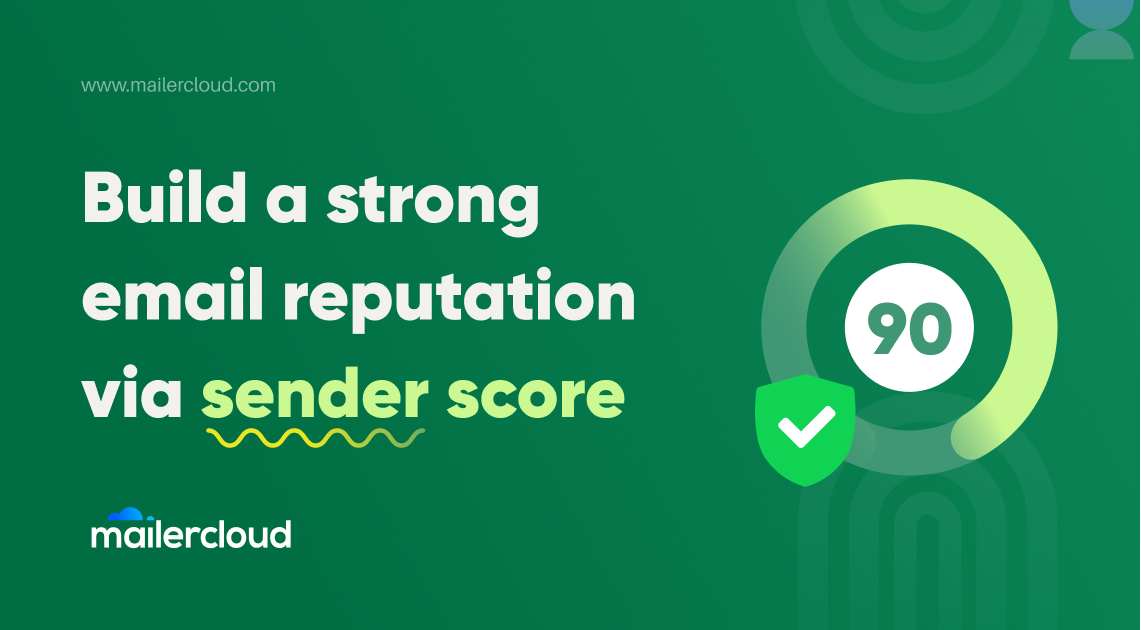Audience segmentation is a critical strategy for businesses aiming to tailor their marketing efforts more effectively. By dividing your target audience into smaller, more manageable segments based on various criteria such as demographics, behaviors, and preferences, you can create messages that resonate deeply with each group.
This article delves into why audience segmentation is essential for your marketing strategy and provides actionable tips and examples to help you segment your audience effectively. Whether you’re a seasoned marketer or new to the concept, this guide will equip you with the knowledge to enhance your marketing campaigns and learn what audience segmentation is on a more personal level.
Table of Contents
Why is Audience Segmentation Important
Audience segmentation is crucial because it allows marketers to tailor their message for specific audience segments, enhancing the relevance and efficacy of marketing campaigns and promoting their product or service. By understanding the unique needs and preferences of each segment, businesses can craft tailored messages that resonate, leading to higher engagement rates and conversion.
Types of Audience Segmentation
There are several ways to segment your audience, including demographic, psychographic, behavioral, and geographic criteria. Each type offers different insights into your audience, helping you to tailor your marketing strategies more effectively.
Demographic Segmentation
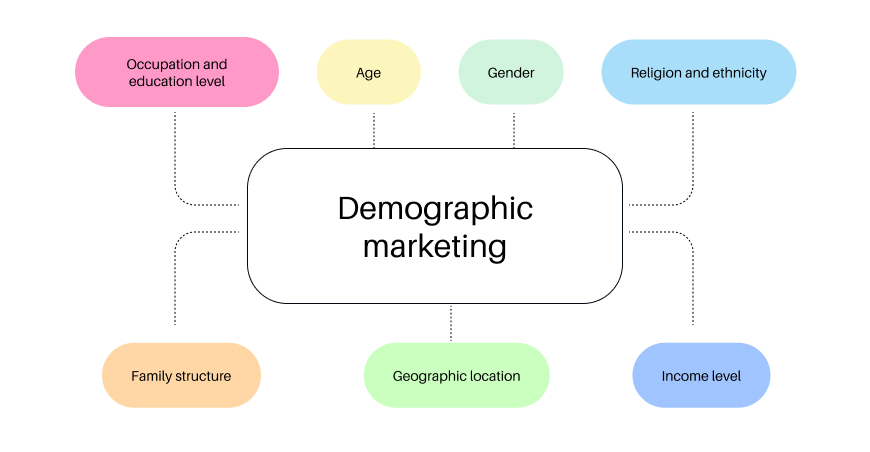
Demographic segmentation divides the audience based on factors like age, gender, income, education level, and occupation. This method is fundamental in tailoring products and services to meet the needs of different demographic groups.
In the context of email marketing, this segmentation allows marketers to craft personalized messages that resonate with each segment of their audience. By understanding the specific characteristics of different groups, marketers can design emails with content, offers, and calls-to-action that appeal directly to those segments. For instance, emails targeted at younger audience segment might focus on trending products and use a more casual tone, while emails aimed at higher income groups could highlight premium services and exclusive offers.
Additionally, demographic segmentation can help in scheduling emails to be sent at times when they are most likely to be opened by each group, further increasing the chances of engagement. This strategic approach not only enhances the relevance of email campaigns but also significantly improves open rates, click-through rates, and ultimately, the conversion rates.
Psychographic Segmentation
Psychographic segmentation involves dividing your audience based on personality traits, values, interests, lifestyles, and attitudes. This deeper level of segmentation allows for highly personalized marketing campaigns that resonate on an emotional level.
Psychographic segmentation can transform the way you engage with your audience. By tailoring your emails to reflect the unique attitudes and values of different segments, you can significantly increase open rates and click-through rates.
Furthermore, it also allows for the creation of dynamic content within emails, such as personalized product recommendations based on interests or engaging stories that align with the recipient’s lifestyle. This level of personalization not only enhances the recipient’s experience but also boosts engagement by making each communication feel uniquely tailored to them.
Additionally, psychographic segmentation can aid in determining the optimal timing and frequency of emails for different segment audiences.
Behavioral Segmentation
Behavioral segmentation categorizes audiences based on their behavior patterns, including purchase history, brand interactions, user status, and engagement levels. This type of segmentation helps in predicting future behaviors and tailoring messages to encourage desired actions.
Behavioral segmentation in the context of email marketing allows marketers to craft personalized email campaigns that resonate with the recipient’s interests and past interactions with the brand. By analyzing behaviors such as email open rates, click-through rates, and past purchase data, marketers can segment their audience into groups with similar behaviors or preferences. This segmentation enables the creation of targeted email content that is more likely to engage each specific group, leading to higher conversion rates.
For instance, a segment of customers who frequently open emails but rarely make purchases might receive emails with special offers or discounts to incentivize buying. Similarly, a segment that regularly purchases certain types of products might receive emails highlighting new arrivals or complementary products, enhancing cross-sell opportunities.
Furthermore, behavioral segmentation in email marketing can improve customer retention by identifying at-risk customers based on their declining engagement levels. Tailored re-engagement emails can then be sent to rekindle their interest in the brand.
How to Use Audience Segment Tools Effectively
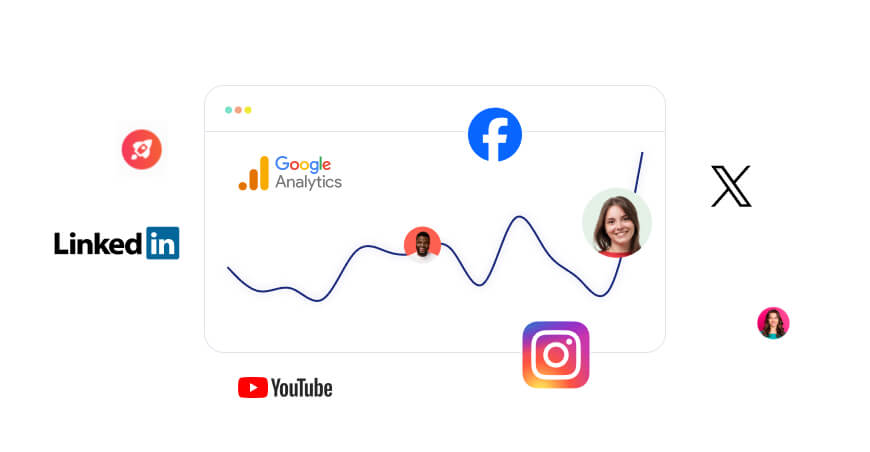
Using audience segmentation tools like Google Analytics or social media analytics platforms can provide deep insights into your audience’s preferences and behavior. These tools help in creating detailed audience profiles for more targeted marketing efforts.
Using audience segmentation tools effectively involves not just collecting data, but also analyzing it to identify patterns and trends that can inform your marketing strategies. By understanding different audience members , you can tailor your messaging, offers, and campaigns to meet their specific needs and preferences. Additionally, this approach allows for more efficient allocation of marketing resources, ensuring that efforts are focused on the most receptive segments, ultimately leading to higher engagement rates and better ROI.
Audience Segmentation Tips for Success
To succeed with audience segmentation, it’s essential to continuously refine your segments based on new data, test different messages with each segment, and remain flexible in your approach as your audience’s needs evolve.
- Leverage Behavioral Data: Incorporate behavioral data like purchase history, website navigation patterns, and engagement levels to create more nuanced and dynamic audience segments. This allows for more personalized and effective messaging.
- Utilize Predictive Analytics: Employ predictive analytics to forecast future behaviors of your audience segments. This can help in anticipating needs and preferences, enabling you to tailor your marketing strategies proactively.
- Cross-channel Integration: Ensure that your segmentation strategy is integrated across all marketing channels and social media platforms. Consistent, personalized experiences across platforms and making sure mobile devices are equally given prior importance to, can significantly enhance customer engagement and loyalty.
- Regularly Update Segments: Audience interests and behaviors can evolve rapidly. Regularly review and update your segments to ensure they remain relevant and effective. This may involve adding new segments or adjusting the criteria for existing ones.
- Segmentation Granularity: Find the right balance in segmentation granularity. While highly specific segments allow for tailored messaging, they can also lead to over-segmentation and inefficiency. Aim for segments that are distinct yet sizable enough to be actionable.
Audience Segmentation in Action: Real-World Examples
Real-world examples of successful audience segmentation demonstrate its effectiveness in various industries. From targeted email campaigns to personalized social media ads, these examples show how segmentation can lead to better marketing outcomes.
Audience segmentation also plays a crucial role in enhancing customer experience and loyalty by delivering content and offers that are highly relevant to each segment.
Let’s say you’re in the retail industry- segmentation allows companies to tailor their promotions and product recommendations to specific groups, such as frequent buyers or those interested in certain categories. Furthermore, in the service sector, businesses use segmentation to identify high-value customers who may benefit from premium services, thereby increasing customer satisfaction and retention rates.
Analyzing Your Audience: The Key to Better Segmentation
Audience analysis through surveys, feedback mechanisms, and advanced platforms like Activeloop AI data analysis is vital for understanding evolving needs and refining your segmentation strategy accordingly.
By identifying patterns and trends within the audience you’re targeting, you can uncover hidden segments that may be highly responsive to tailored messaging or specialized offers. This deep dive into audience analytics enables more effective targeting, ensuring that your marketing efforts reach the most receptive groups. Furthermore, continuous analysis allows for the adjustment of strategies in real time, keeping your approach aligned with changing preferences and behaviors.
Key Takeaways:
- Effective audience segmentation allows for more personalized and relevant marketing messages.
- There are several types of audience segmentation: demographic, psychographic, behavioral, and geographic.
- Utilizing audience segmentation tools can help create detailed profiles for targeted marketing.
- Developing a flexible audience segmentation strategy is crucial as customer needs evolve.
- Real-world examples showcase the success of tailored marketing campaigns based on audience segmentation.
- Continuous analysis and refinement of audience segments are essential for long-term success.
Lina is a content writer with a passion for reading, writing, and cooking. She aims to explore the world of words and flavors. With a deep love for literature and a knack for creating mouthwatering recipes, she strive to engage and inspire others through her work.





























